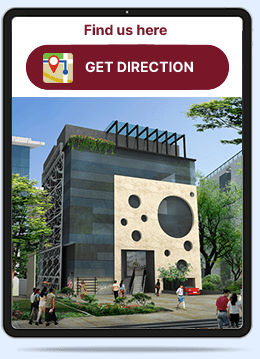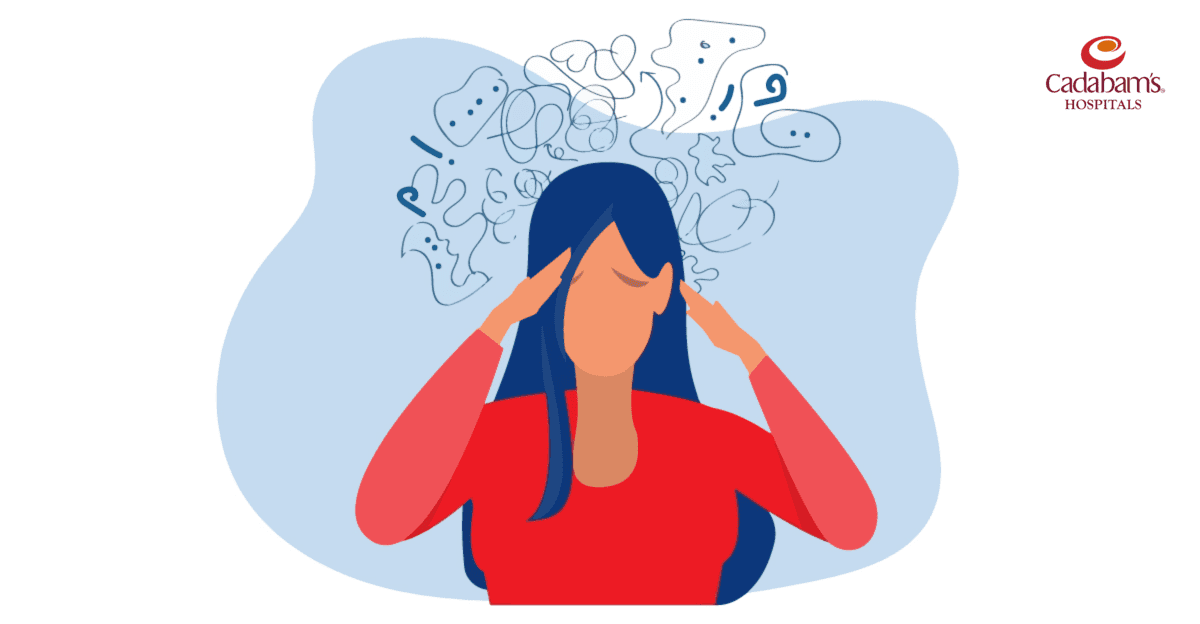Table of Content
Attention deficit/hyperactivity disorder, more commonly identified as ADHD, is a neurological disorder most commonly seen in children. ADHD is characterised by a pervasive pattern of impulsivity and/or inattention, hampering development and daily functioning.
Impulsivity
Impulsivity may be the result of an individual being unable to delay gratification or requiring immediate rewards. A person high on impulsivity may have difficulty with self-control and may act without giving much thought to long-term consequences. Occasionally, others may have difficulty communicating or interacting with people with high impulsivity as they tend to interrupt others. This is one of the core ADHD symptoms that affect individuals.
Inattention
A person with inattention may often have difficulties with staying focused and remaining organised (including daily routines). They may also have issues committing to a single task and may face a lack of comprehension or defiance. A few symptoms include:
- Making careless mistakes
- Overlooking details
- Following sequential order of finishing assigned tasks
- Misplacing things
- Avoiding activities that require sustained focus
- Distractedness
Hyperactivity
A person displaying hyperactivity may engage in constant movements, inability to sit still, excessive talking, tapping or fidgeting, even in inappropriate situations. Some symptoms of hyperactivity include:
- Difficulty staying quiet
- Difficulty waiting
- Interrupting people in conversations or during play
ADHD types
ADHD can be classified into three types based on the kinds of symptoms that a person displays. These symptoms may change with time, thus changing the classification the individual falls under.
Predominantly Inattentive Presentation
Going along the lines of symptoms stated under inattention, people with a predominantly inattentive presentation have difficulty paying attention to details. They also face difficulty in staying focused on organising and finishing tasks or tasks, and being unable to follow instructions.
Predominantly Hyperactive-Impulsive Presentation
People with a predominantly hyperactive-impulsive presentation may often be prone to injuries and accidents owing to their always ‘on the go’ tendency. Children with this presentation may be seen as always running, climbing or jumping. Adults may be seen as restless or disruptive.
Combined Presentation
People with a combined presentation show signs and symptoms of the two types of ADHD mentioned above.
Causes Leading to ADHD
ADHD causes include:
- Genetic predisposition
- Substance use during pregnancy
- Exposure to toxic or risky environments
- Premature birth
- Low weight at birth
- Injuries to the brain
ADHD is statistically more common among men, while women with ADHD have been found to have a predominantly inattentive presentation.
Can ADHD be Cured?
The answer to that question is no. No, ADHD can not be cured. Like many physical ailments without a cure - asthma, diabetes, joint pain and irritable bowel syndrome -, ADHD can be managed through various treatment modalities. These include medical treatment along with various methods of psychotherapy.
Traditional Treatments for ADHD
Pharmacotherapy: ADHD medication
Stimulants. Stimulants are the most common way of treating ADHD. These work by increasing the release of dopamine and norepinephrine in the brain, enhancing thinking and memory.
Non-stimulants. Non-stimulants have a longer activation period than stimulants but help better focus, impulsivity and attention in people with ADHD.
Psychotherapy
Behaviour Therapy. Behaviour therapy helps an individual decrease undesirable behaviours and increase desired behaviours through practical assistance and controlling emotional outbursts. People with ADHD are taught to monitor their behaviour and praise themselves whenever they can control their behaviour.
Cognitive Behaviour Therapy. The first step in cognitive behavioural therapy or CBT is accepting one’s feelings and thoughts. The second step involves improving concentration and changing one’s perception in an attempt to change one’s behaviour.
Family Therapy. The disruptive behaviours that people with ADHD engage in can be quite stressful for people around them, especially their families. Family therapy helps family members improve their interactions with people with ADHD, by teaching them techniques they can use to effectively decrease disruptive behaviour and enhance behaviour change.
Stress Management Techniques. Parents or caregivers of people with ADHD often show high levels of distress, owing to the frustration and, sometimes, helplessness they feel. Stress management techniques help caregivers have a calmer approach when dealing with their child’s behaviour.
Support Groups. Support groups help the caregiver and the family of the affected more than the affected themselves. Support groups bring together people who have been in similar situations and have faced similar problems. These groups help the caregivers vent, exchange necessary information or just provide a shoulder.
Alternative ADHD treatments.
As the term suggests, alternative therapies are treatment modalities that can be used in place of traditional treatment methods. Some alternative treatments for ADHD include:
Biofeedback
Biofeedback is an up-and-coming experimental therapy, where an individual is trained to control their bodily functions with the external help of electricity and other instruments.
Vitamin Supplements
Children with ADHD may have deficiencies in iron, zinc and/or magnesium. These can be treated with vitamin supplements prescribed by a physician.
Herbs
Treatment with herbs comes with a set of side effects for each herb that may be used. Despite them being non-regulated, herbs have been found to aid children with ADHD in the domains of thinking and memory. Certain herbs may also help the person feel and be calmer.
Hypnotherapy
People with problems related to sleep and involuntary movements, along with impulsivity, may find benefit from hypnotherapy.
Tips for Parents
- Dividing complex tasks into smaller parts that are more manageable, gives the child a sense of accomplishment when the task is completed
- Making routines for everyday activities like play timing, waking up, going to sleep and meal timings, and teaching the child to adhere to them
- Making rules and establishing patterns of parental behaviour that are clear and consistent
- Making a habit to look for and praise good behaviours in the child
- Making lists for activities and events, while also making use of reminder notes
How Cadabam's Help you for Addiction?
- 410+ Professional Consultants
- 1,00,00+ Happy Faces
- 120+ Currently Seeking Treatments





